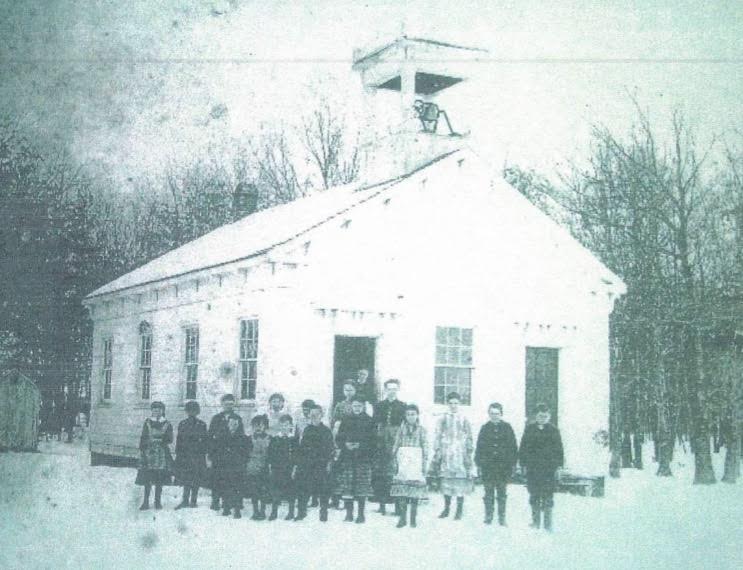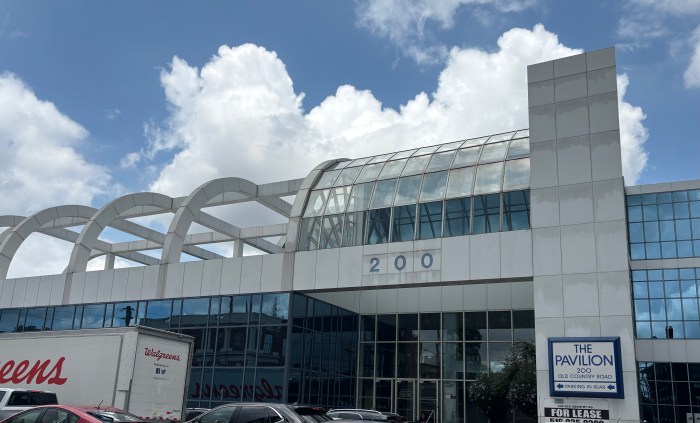Five historic sites on Long Island, some dating back nearly 200 years, are being considered for inclusion on the list of New York State and National Registers of Historic Places, officials said.
The sites being considered include two 17th-century homes, one century-old house, a historic district in Riverhead and a one-room schoolhouse in East Patchogue that taught children from before the Civil War through The Great Depression. They’re among 22 places statewide that officials recommended receive historic designation to ensure the sites’ preservation.
“The rich history of New York helped shape the history of this nation,” Gov. Andrew Cuomo said. “The designation of these 22 additional sites to will help ensure that these places and their histories are preserved for New Yorkers and visitors alike for generations to come.”
More than 120,000 historic buildings, structures and sites throughout the state listed on the National Register of Historic Places, either as individual places or as part of historic districts. Inclusion on the list allows the owners of historic properties to apply for preservation assistance, such as grants and tax credits.
First the sites will up for consideration before state Board for historic Preservation for inclusion on the list of New York State Register of Historic Places. If approved, they will then be nominated to the National Register of Historic Places for further protections.
Here are the Long Island locations nominated for consideration:
 The Charles and Anna Bates House in Greenport
The Charles and Anna Bates House in Greenport
This wood-framed, two-story, three-bay home features Greek Revival style architecture, with some renovations in the Italianate Revival Style, making it very distinct stylistically. The original owners, Charles and Anna Bates, bought the house for $900, and the husband is said to have been a successful merchant, flamboyant hat maker, and associate of the iconic P.T. Barnum. The home was adapted to become a boardinghouse in 1870, which prompted the owners to further modernize the home as it transitioned from a private to public property. The house is celebrated for its blend of styles.
 The George Sumner Kellogg House in Baldwin
The George Sumner Kellogg House in Baldwin
This two and a half story Queen Anne-style structure is the last one of its kind in Baldwin. The home was purchased by a Civil War veteran named George Summer Kellogg who commissioned a young architect, Walter I. Halliday, to construct the house in 1899. The home features numerous elements of the once-popular architectural style, including a dramatic staircase, ornamental woodwork and plaster moldings. Once the 20th century came along, this elegant style was replaced by more modest and modern architecture. The Kellogg House is a remnant of architecture type that has fallen out of favor in Baldwin.
 390 Ocean Ave. in Massapequa
390 Ocean Ave. in Massapequa
This two-story Colonial Revival house is remnant of residencies that employed the National Fire Proofing Company (NATCO) tile and Ludowici roof tile to make homes fire safe. It’s also the last house built by Allen and George Haight—developers of NATCO homes—who were working on an ambitious residential development project in Massapequa that created many NATCO homes but ultimately failed.
 The Second and Ostrander Historic District in Riverhead
The Second and Ostrander Historic District in Riverhead
This neighborhood was a residential hub in Riverhead that acted as support for the commercial district for much of the 19th and early 20th centuries. It was a place for the rich and the poor, housing both prosperous merchants and struggling laborers. Its preservation is a means of understanding the inner-workings of what Suffolk County once was—a market town. The town also has myriad architectural styles ranging from the grandiose Queen-Anne style to houses proper for the lower-class. Nearly all of the homes from this district still survive.
 The Swan River Schoolhouse in East Patchogue
The Swan River Schoolhouse in East Patchogue
This one-story building created in 1858 is the first schoolhouse to serve the community of East Patchogue. Constructed on donated land, it served as a one-room schoolhouse until its closing in 1936, when children were sent to newer schools. The schoolhouse is revered for its architectural prowess, incorporating the transitional combination of Greek Revival/Italianate architecture. Typically, schoolhouses were much simpler, but this one was different.































